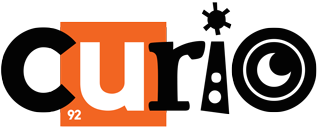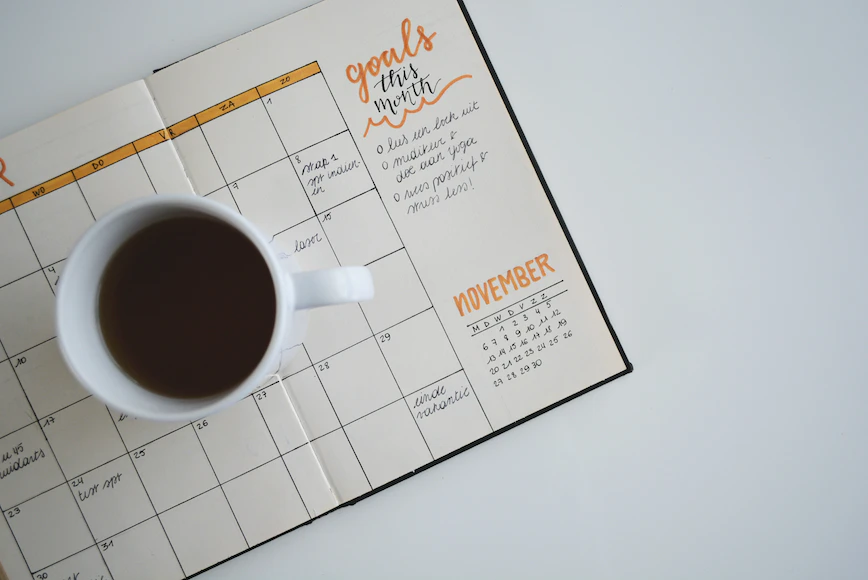"Technology in education improves collaboration. It can create greater connections between student and educator."

Some students today have yet to see a traditional chalkboard as these have been replaced with digital whiteboards, and classrooms have a surplus of iPads, laptops and projectors. Technology has altered life as we know it in myriad ways, and the classroom looks very different from 100—or even 20—years ago.
Does this advancement benefit your students, or does it detract from their learning?
Technology allows for greater student engagement – It can help encourage active participation in your classroom, even more so with each student having access to personal devices. Devices such as laptops, tablets, or other types of technology can help turn slightly dull topics into interactive and fun activities. Many children – and even adults – learn better through play, and an interactive online quiz or game to reinforce learning might work a lot faster than traditional worksheets.
Technology in the classroom allows for different learning styles. Each child is different, and it can be challenging to adjust a learning plan to bring out the best in every student. Fortunately, technology can help you modify your lessons. Students may prefer to showcase their research via an infographic for example, instead of via a written report. The various possible approaches when utilizing technology in lesson design will allow an educator to create more tailored approaches so that no child is left behind.

Technology in education improves collaboration. Some students who find it difficult to work together in person might be whizzes at the keyboard, and will be able to shine when they are allowed to collaborate online instead. Tomorrow’s world will continue to integrate technology into the workplace and as more and more people are beginning to work from home, online collaboration skills harnessing various software will become invaluable.
Technology can create greater connections between student and educator. The shy students who seldom speak up in a classroom or fear asking questions in front of their peers will find it easier to connect with their educators online. Students also have the option to email their teachers during the week if they are really struggling, an option that was unheard of 30 odd years ago.
Technology continues to evolve in the realm of teaching and learning and while some may argue that it has taken human connection away, it is also indisputable that it has made leaps and bounds in personalising learning for students, and easing the burden on educators where it concerns their ability to reach out effectively to each and every child.






























